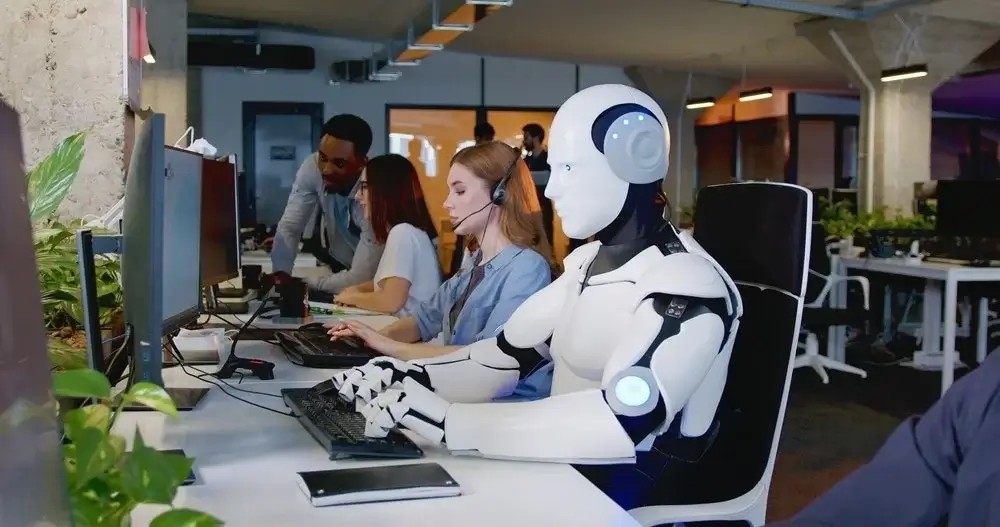The world of competitive sports has witnessed a stunning upset, not from human athletes, but from a team of Chinese humanoid robots that have demonstrated exceptional soccer skills, sparking both excitement and discussions about the future of robotics and athleticism. In a recent tournament in Beijing, fully autonomous humanoid robots faced off in a 3-on-3 soccer match powered entirely by artificial intelligence. This event, touted as China's first of its kind, served as a preview for the upcoming World Humanoid Robot Games.
The final match saw Tsinghua University's THU Robotics team defeat the China Agricultural University's Mountain Sea team with a score of 5-3. The victory, however, is more than just a score; it's a leap forward in AI and robotics. These robots operate autonomously, using AI-driven strategies without human intervention. Equipped with advanced visual sensors, they can identify the ball and navigate the field.
According to Dou Jing, executive director of the tournament organizing committee, this event represents a combination of technological innovation and industrial application, serving as an important step in bringing robots into public life. While China's men's soccer team has struggled to gain international recognition, these humanoid robot teams are capturing the attention and admiration of fans.
The performance of these robots is currently estimated to be equivalent to that of five to six-year-old children, scoring only a few points per match. However, the progress in this field has been remarkably rapid. Despite their advancements, the matches weren't without their comedic moments. Several robots required assistance off the field, being carried away on stretchers, adding a touch of unexpected realism to the event.
Cheng Hao, founder and CEO of Booster Robotics, the company that provided the hardware for the competition, views these sporting events as ideal testing grounds for humanoid robots. He believes that these competitions accelerate the development of algorithms and integrated hardware-software systems. According to Cheng, the goal extends beyond mere entertainment. These competitions encourage students to apply their algorithmic skills to real-world robotics and showcase the robots' ability to walk autonomously, withstand collisions, and demonstrate higher levels of intelligence and safety.
The use of AI techniques, like deep reinforcement learning, allows the robots to make real-time decisions, such as passing, dribbling, and shooting. This system relies on trial and error in simulated environments to enable the robots to predict the movements of teammates.
Looking ahead, there are plans to develop a series of robotics competition IPs, including humanoid robot half-marathons and "Mech League", to promote the application and adoption of humanoid robot technologies. While the idea of robots playing soccer with humans may seem far-fetched now, it is a potential future. Before this becomes reality, ensuring the safety of these robots is paramount. The possibility of humans and robots playing together would require ensuring that robots are completely safe, allowing the public to build trust in them.

















